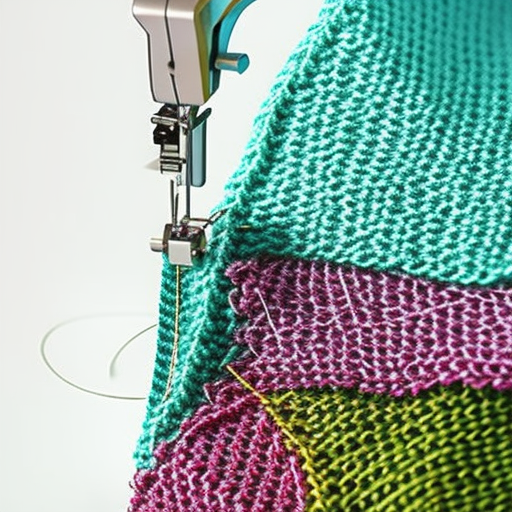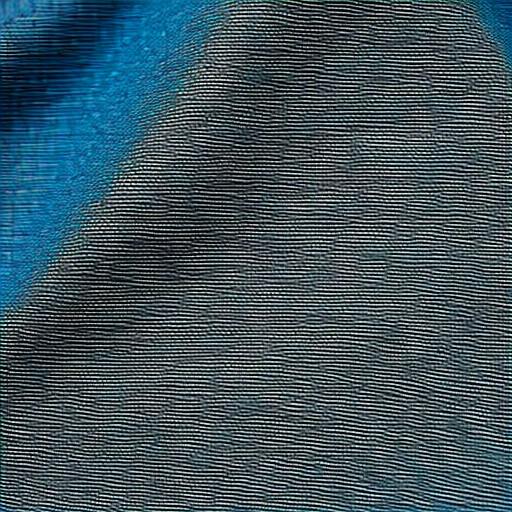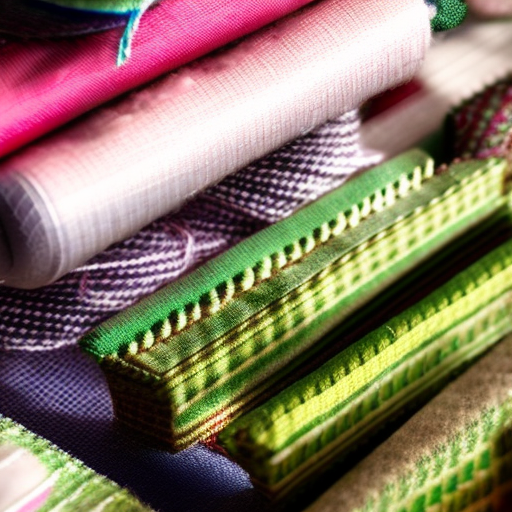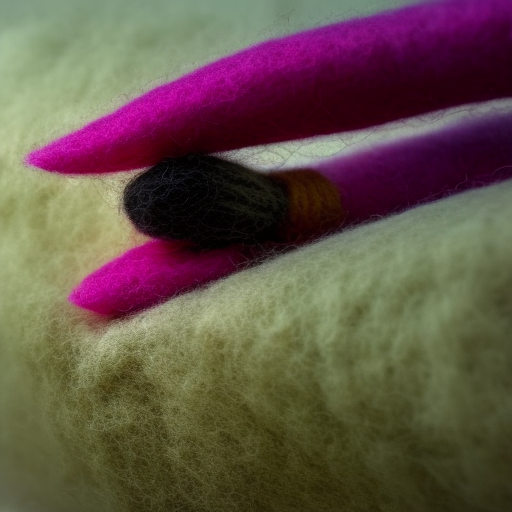
Introduction
Knit fabrics are popular for their comfortable stretch and flexibility, making them a great choice for various garments such as t-shirts, dresses, and activewear. However, sewing with knit fabrics requires specific techniques to ensure professional results and prevent potential issues.
Choosing the Right Needle and Thread
When working with knit fabrics, it’s crucial to select the appropriate needle and thread. Opt for a ballpoint needle, which is designed to glide between the fabric’s knit fibers without damaging them. The rounded tip helps prevent snags and runs. Additionally, use a polyester or cotton-wrapped polyester thread that offers stretch and durability for knit fabrics.
Pinning and Cutting
Unlike woven fabrics, knit fabrics do not fray, which means you can skip the seam finishes. However, pinning and cutting are critical to ensure accurate and even seams. When pinning, use ballpoint or glass-headed pins to avoid damaging the fabric’s fibers. Alternatively, you can use clips or wonder clips for pinless sewing. As for cutting, a pair of sharp fabric scissors or a rotary cutter will provide clean, precise edges.
Seams and Stitches
For seams, consider using a stretch stitch or a narrow, longer zigzag stitch. Stretch stitches, such as the lightning bolt stitch or the triple stretch stitch, allow the seam to stretch with the fabric without breaking. A narrow, longer zigzag stitch (1.5 – 2.5 width, 2-2.5 length) is also effective. Remember to test different stitches on a scrap piece of fabric to determine the best option for your specific knit fabric. Additionally, using a serger or overlock machine for seam finishing can provide a professional touch.
Hems and Neckbands
For hems, you can utilize a twin needle or a stretch blind hem stitch on your machine. These techniques help create a neat finish while allowing the fabric to stretch. When it comes to neckbands, measure the neckline and subtract 10-15% to determine the length of the band. Cut a strip of fabric with a width of 1.5-2 inches, fold it in half lengthwise, and attach it to the neckline using the stretch stitch or a serger for a clean, comfortable fit.
Conclusion
Sewing knit fabrics can be a rewarding experience when using the right techniques. By selecting the correct needle and thread, pinning and cutting accurately, choosing appropriate stitches, and implementing suitable hemming and neckband methods, you can create comfortable and professional-quality garments. With practice, you’ll master the art of sewing with knits and unlock a world of cozy, stylish possibilities.





Great article! I’m definitely going to be trying out some of these techniques. #sewinggoals
Lyndy Melford: Just what I was looking for! Thanks for the tips 🙂
This is such an informative article! I’m so relieved that I now know a few new techniques to help me tackle all my knit fabric sewing projects! #sewinghacks